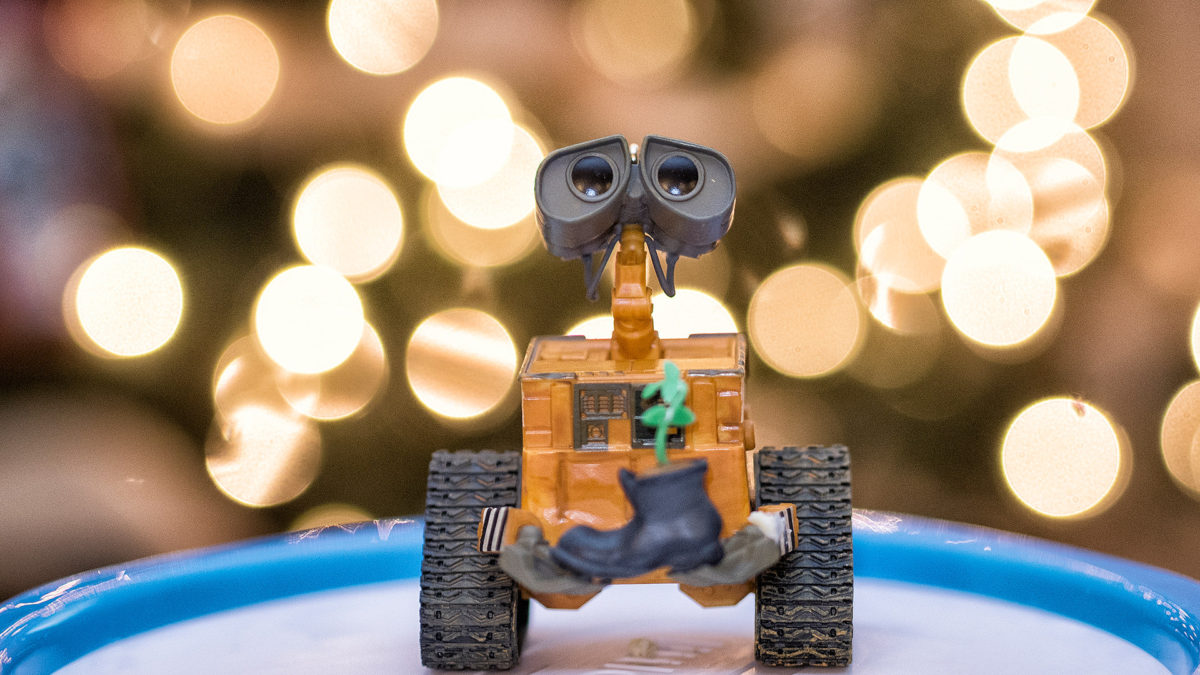Christmas trees provide some of the best opportunities to have a little fun with lighting. That’s why it’s one of my favorite times of the year to take pictures.There are a few things that you can do to help improve the odds of getting a better picture when photographing the magic of Christmas lights.
Read on for more tips on how you can improve your Christmas light photography.
Tips #1 and 2 – use a wide aperture and a long(ish) focal length lens
One of the key things about making Christmas lights look magical is turning them into wondrous balls of light. This can be accomplished by maximizing the “Bokeh” (that’s the amount of blur in the background of the photo). You can do this by picking just the right lens and just the right aperture.

Too long a lens (300-ish mm), and you might not be able to fit that many lights in the back of your photo. Too wide a lens (18-ish mm) and you won’t blur the background at all, making it look like a snapshot. Obviously, this is highly dependent on the space that you are in, the distance from the tree and your subject, and how close you are to the subject with the lens, but for the sake of argument, I’m factoring in a typical living room here, say 300-500 square feet. Aim for somewhere between a 50 mm lens and 100 mm lens in this kind of space and you’ll be okay.
You’ll also want a wide aperture. Most lenses that come with cameras are usually an f/3.5-5.6 aperture range. This won’t do much in the way of background blur without a lot of work and careful positioning. It’s a good time to pick up that “nifty 50” that you’ve always been thinking about – a fixed 50 mm lens with a fast aperture such as f/1.8 or f/1.4. The former can often be had around the $100 mark. These wider apertures (lower numbers mean a wider aperture and more background blur, higher numbers mean a narrower aperture, and less background blur) will allow you to throw the background completely out of focus while your subject stays sharp.
So putting it altogether, Wall-E up in the picture above was shot at a 90 mm equivalent focal length, at f/1 .8. I put Wall-E a little distance away from the tree and got up close to him with my lens to further maximize the blurring effect.
Stick the lights in front of your subject

Don’t just relegate those lights to background noise, sometimes you can get interesting affects by placing them in front of your subjects and shooting through them.
In the photo above, I placed a string of Christmas lights on two light stands and shot through them with an 85 mm F1 .8 lens for this result. Just make sure you don’t cover up someone’s face with a ball of light.
Only a little bit of time until Christmas, use those lights while they are still up!

